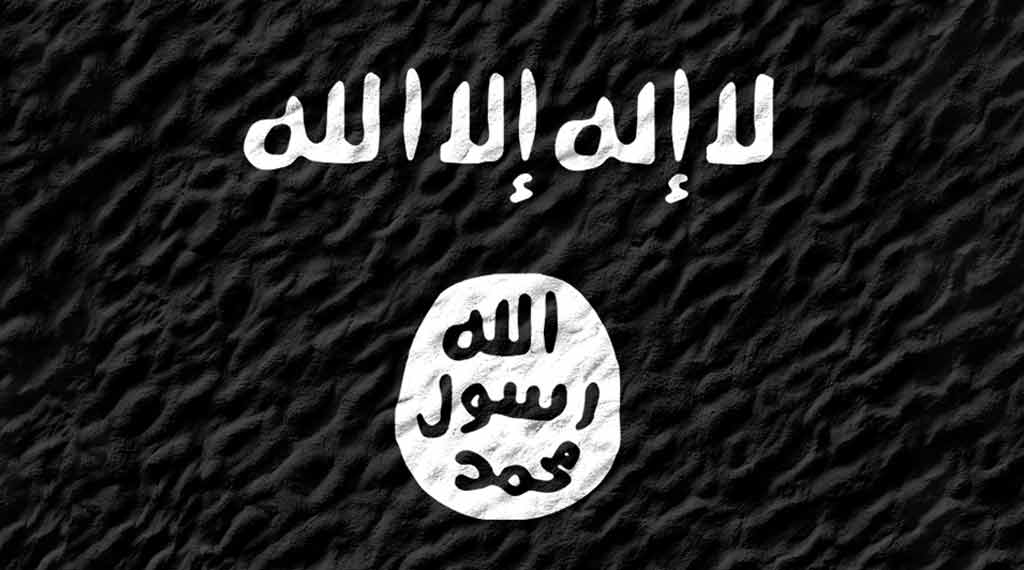
An ISIS leader responsible for a 2021 bombing in Afghanistan that killed 13 U.S. service members and many Iraqi civilians was eliminated by the Taliban last month. U.S. officials confirmed the ISIS leader’s death.
The incident underscores how the terror group continues to plague the greater Middle East, despite claims that ISIS and its affiliates are no longer a threat.
Origins of ISIS
In 2014, the Middle East and North Africa were in turmoil. Many countries in the region still reeled from the widespread effects of the Arab Spring. Iraq and Syria were no exception, with Baghdad still struggling from the consequences of the Iraq War, and Syria embroiled in a vicious multi-faction civil war between Bashar Al-Assad’s government forces, democratic freedom fighters, and fundamentalist groups. The Islamic State in Iraq and Syria was one such radical jihadist organization. ISIS burst onto the scene in the middle of 2014 with a daring offensive through which it secured large swathes of territory in Iraq.
Since reaching the height of their power 10 years ago, ISIS’s capabilities have degraded quite a bit. The group still exists in different forms and different parts of the MENA region, but they are far from the status they briefly held as a quasi-state in Iraq and Syria.
Originally founded in 1999 by Abu Musab al-Zarqawi, one of the architects of the Iraqi insurgency, ISIS was formed to carry out retributory killings against Shia. The group was relatively insignificant throughout the Iraq war, mainly working with al Qaeda in Iraq, and the surge of U.S. troops in 2007 forced the group into obscurity. Following the withdrawal of U.S. forces in 2011, ISIS began to grow far more powerful.
The chaos of the Syrian Civil war and a dysfunctional Iraqi government perceived to discriminate against Sunnis proved to be fertile ground, and ISIS swiftly grew in size and influence. In 2013 it began operating out of Raqqa, Syria, which had fallen to rebel groups. Late that year, it began seizing territory outside the city. However it wasn’t until 2014 that the group made major gains.
On June 10 of that year, ISIS troops consolidated control of Mosul, Iraq, a city of 1.3 million people. Observers around the world were shocked by the Iraqi army’s inability to contain the threat despite extensive funding, training, and equipment from the U.S. The rebel groups and Syrian forces, often busy fighting each other, were likewise unable to stop the ISIS advance. By the end of 2014, ISIS controlled nearly a third of Syria, and even more of Iraq. It operated as a quasi-state, with a functioning governmental administration and a budget estimated in excess of $1 billion, drawing its income primarily from oil exports.
Operation Inherent Resolve
Countries around the world took note of this new threat, and a U.S.-led coalition began an aggressive campaign of air strikes in Iraq and Syria in late summer 2014. Eventually named Operation Inherent Resolve, these strikes were incredibly effective at degrading the warfighting capability and financial infrastructure of the group. With this air support, the Iraqi armed forces as well as democratic and Kurdish groups were able to take back 95% of the territory held by ISIS in a matter of two years. Although Operation Inherent Resolve was halted in December 2018, Iraqi and Syrian forces continued to battle the militants until spring of 2019, when their final stronghold in Syria fell. This marked the extinction of ISIS as an organized caliphate.
Africa – the New Frontier
Some ISIS militants survived and escaped capture following the collapse of the group’s Syrian stronghold, and they remain hidden within transient sleeper cells. Their actions are not often covered in mainstream American media, but ISIS has claimed responsibility for dozens of attacks across the African continent in recent years.
In February, the U.S. State Department released its annual Country Report on Terrorism, outlining how “ISIS continued to promote a large-scale terrorism campaign, responding to increased counterterrorism pressure by adapting its tactics and techniques. Groups affiliated with ISIS ramped up activities in the Lake Chad Region of Cameroon, Chad, Niger, and Nigeria.” The report additionally noted that, “AQ-related threats expanded from West Africa and the Sahel into the Gulf of Guinea littoral states in 2021, with Benin, Côte d’Ivoire, Ghana, and Togo reporting terrorist group activity and attacks in their northern border regions.” Although ISIS controls a negligible amount of territory in Africa now, the terror group is undoubtedly preparing to make the continent its next frontier.
- Israel’s $2 Iron Beam Laser Could Disrupt Missile Warfare - December 23, 2025
- US Stands Up New Drone Strike Force in the Middle East - December 9, 2025
- Has Russia Finally Sold its Su-35s to Iran? - December 2, 2025
